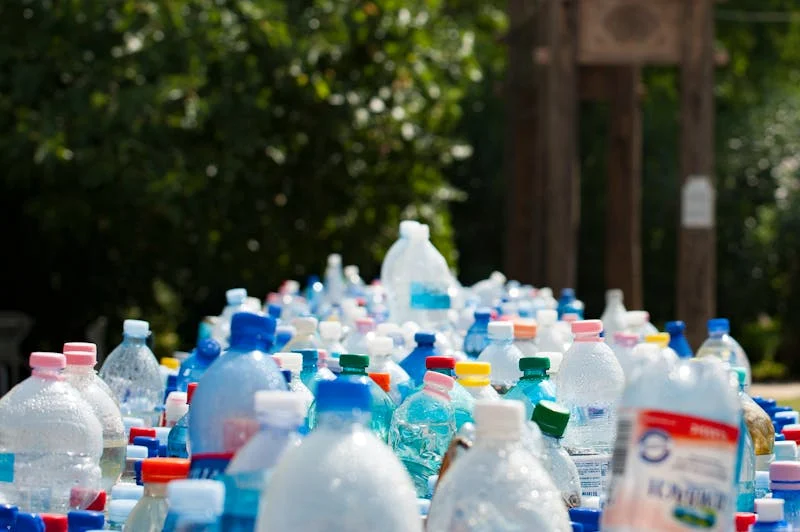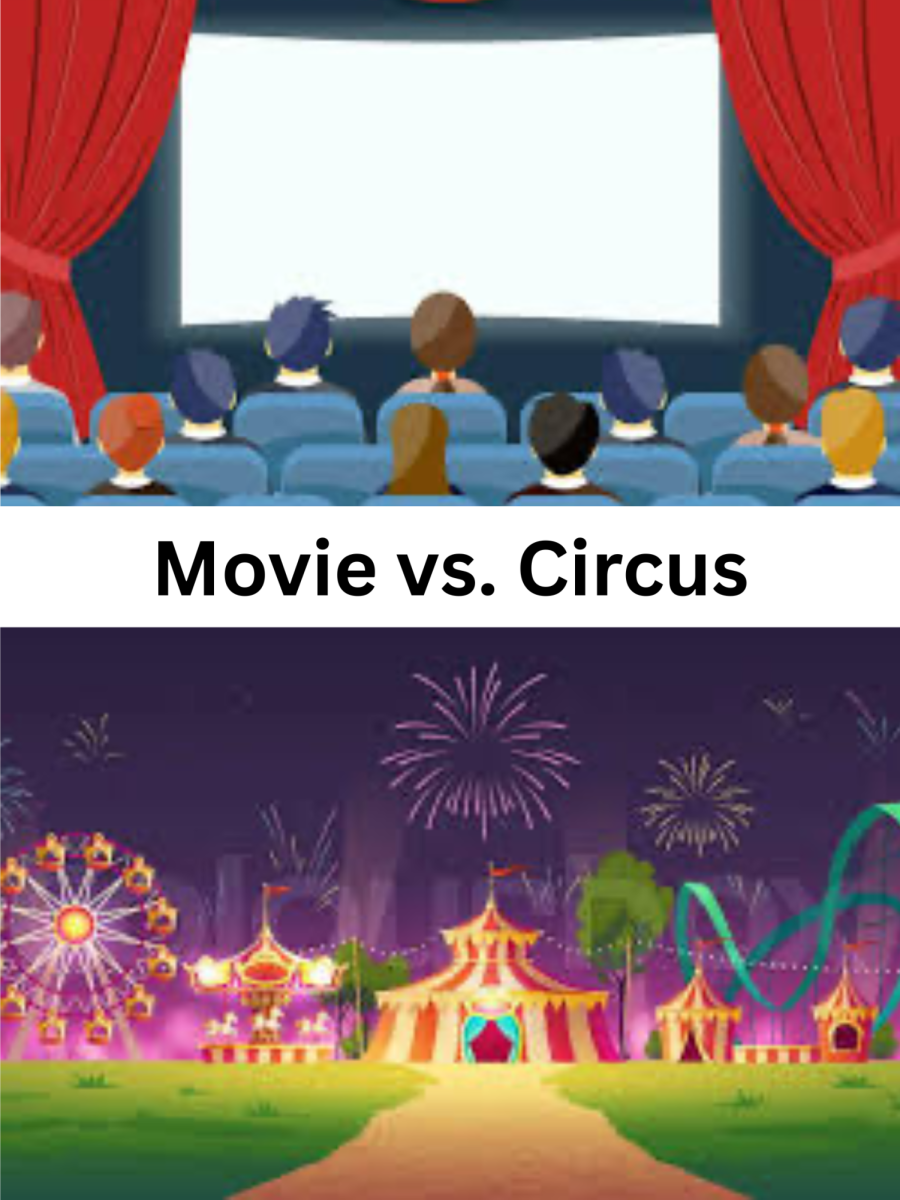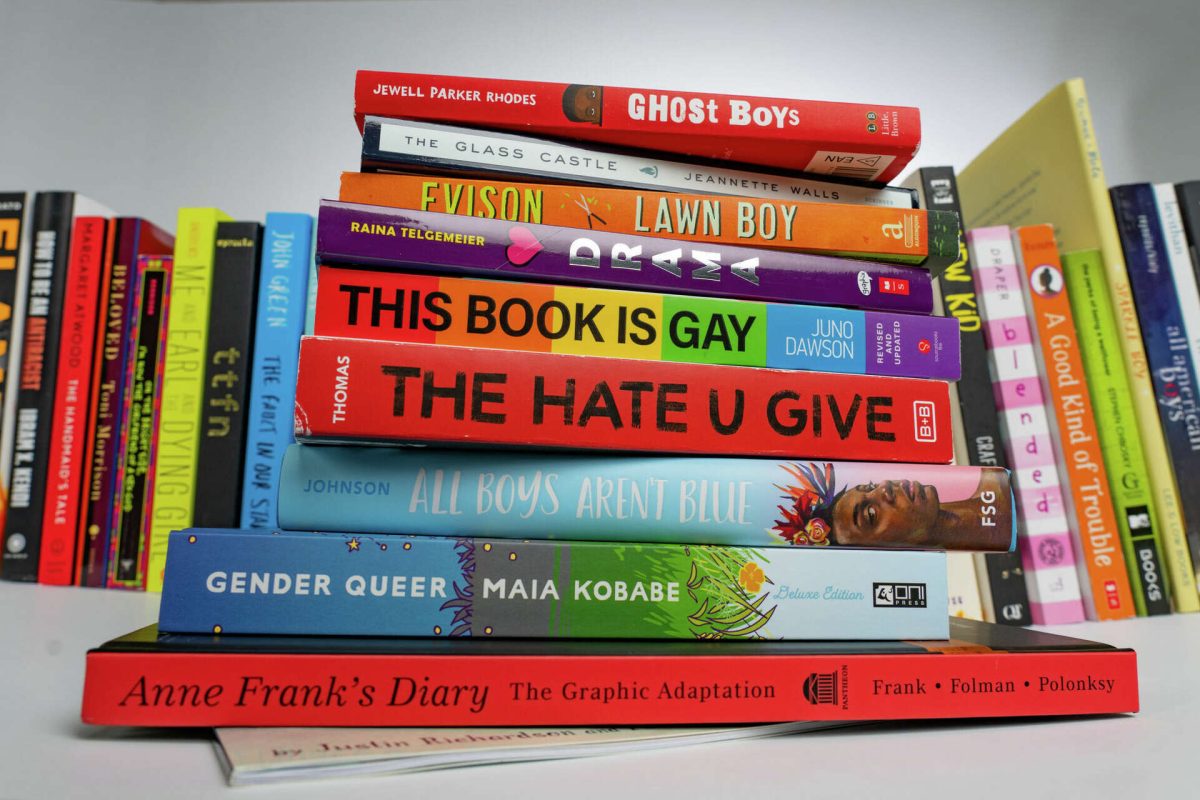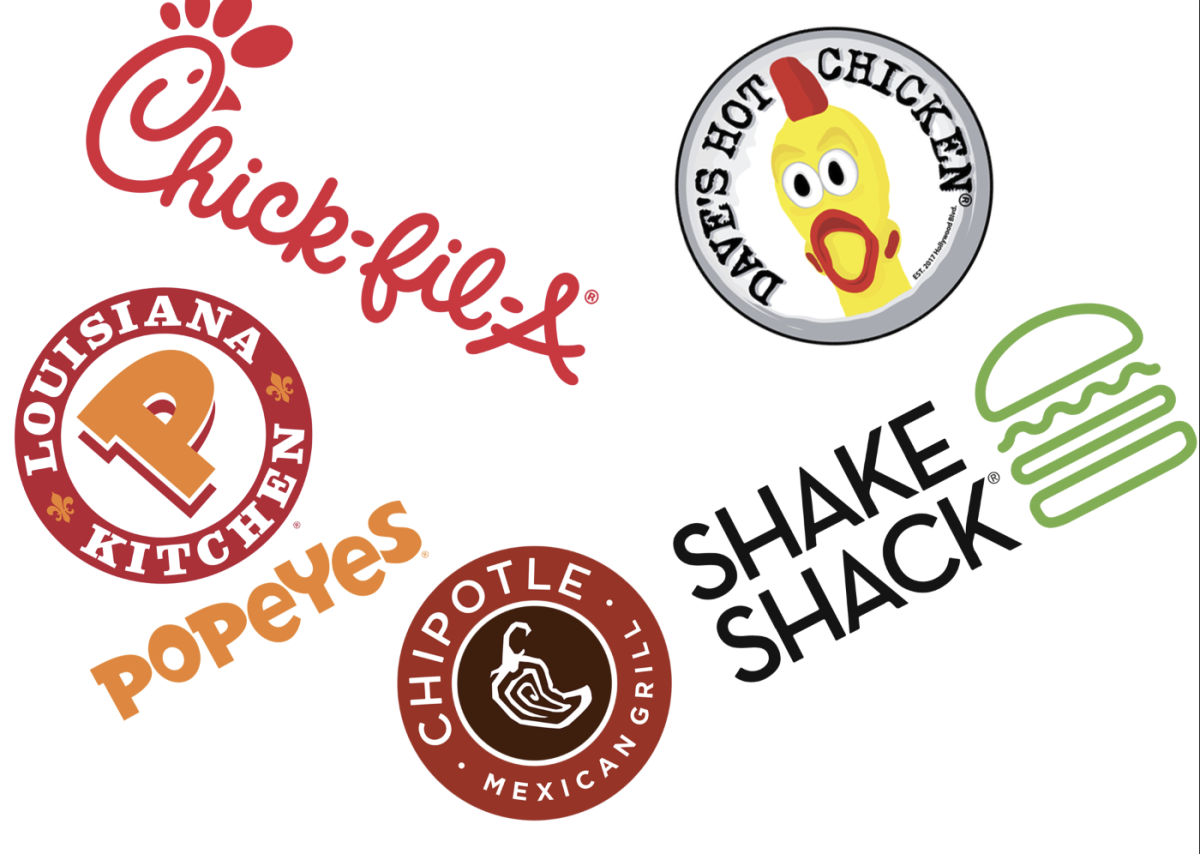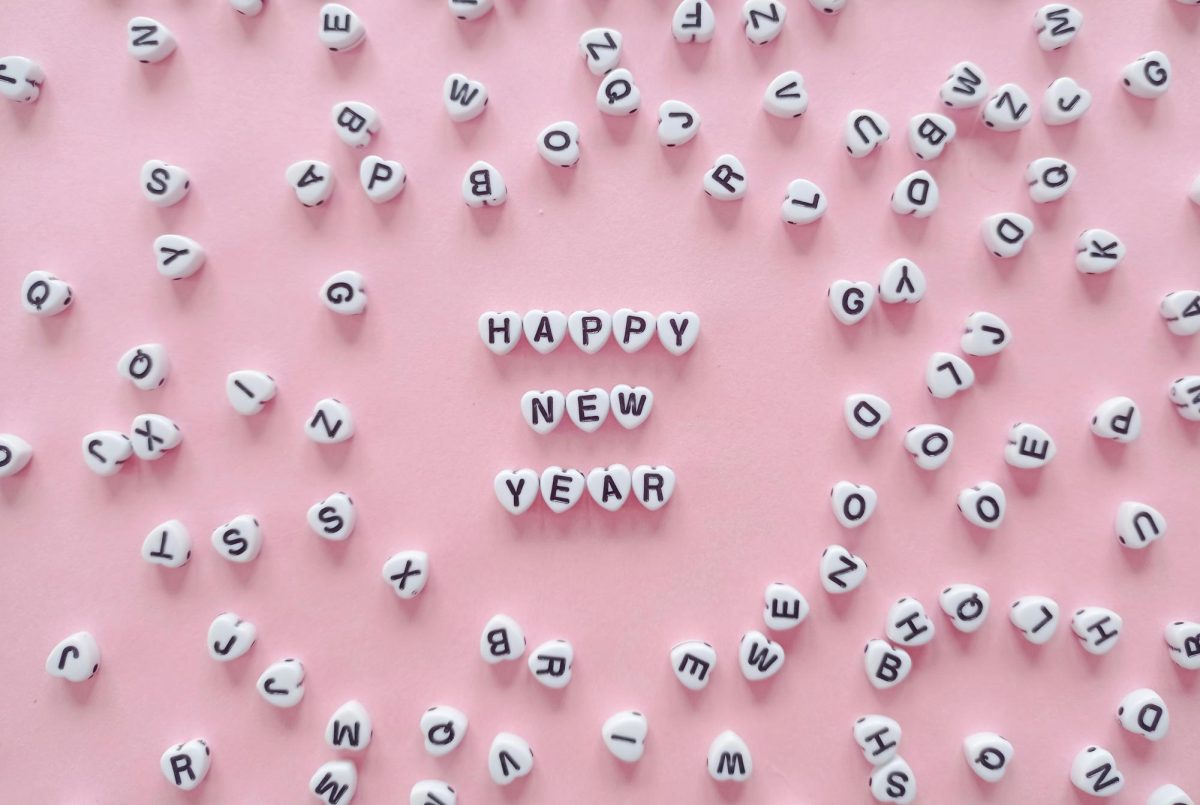You are in the kitchen on a Saturday afternoon, chopping carrots and onions to make an organic and flavorful bolognese. Little did you know that with each chop in the preparation of a seemingly healthy meal, thousands of microscopic pieces of plastic are being released from the impact of the knife, all from that versatile and dishwasher-safe plastic cutting board. As it turns out, the cutting board is easily washable, and nothing seems to stain it permanently; your health, on the other hand, not so much. While it seems self-explanatory as to why it’s not good to ingest plastic, especially voluntarily, people find it hard to escape the grasps of “It’s just so convenient” when it comes to using plastic when handling consumables. I mean, when you think of it, is that Instagram reel really going to make you throw out all the tea bags in your pantry? Probably not. That’s why my goal is to change the way you think about plastic touching your food,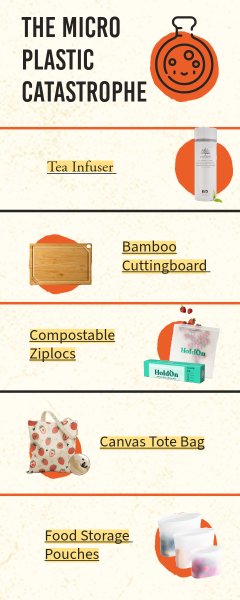
and to guide you through the process of detox for those bold enough to make a lasting change (ultimately for the better) on their health.
It starts in the preparation. A single tea bag can release up to 11 billion microplastics. In a Poland Spring’s standard size water bottle, over 90% of waters tested had up to 325 microplastics inside. In the case that a hypothetical tea enthusiast has a Poland Spring household jug that dispenses hot water within seconds, the plastic jug is yet another means of contaminating water sources after its initial filtration.
How bad can microplastics be? They are micro, after all. For decades, humans have been told that we inhale micro dust mites, that microorganisms like salmonella and noroviruses can be found in tap water, and that in the end, it was inevitable and ultimately harmless. Meanwhile, when compared to household objects, it may not seem as harmless as you thought. If one consumed water out of a plastic bottle every day for a year it would roughly equate to consuming 52 credit cards, ingesting a coat hangers worth of plastic annually, swallowing an entire pen cap every month, consuming two medium sized plastic combs per year, and inhaling the same amount of plastic fibers as 100 plastic straws. Refreshing. However, despite having limitless data and lab proven research showing the detrimental effects of ingesting plastic at our very fingertips, in recent months there has been a push to end the soggy paper straws that have been (yes a little inconvenient) but saving us from ingesting plastic which, may never leave our bodies if a process of detoxification is not commenced. Looking back, you may surmise that perhaps the disintegrating paper is at least curbing forever plastics disintegrating inside your intestines.
Here comes the cushioning to the blow. It’s never too late to detox. If you read this and are spiraling, realizing ziplocs, plastic knives, plastic cutting boards, tea bags, and any plastic-using water bottle brand are common to your household, you are not alone. The point of this data and extensive research on microplastics is not to scare people half to death, while it is rather frightening, it’s to change the way you think about plastic touching food and to provide alternatives. So think about it this way: plastic is poison. What plastic touches and encases is inconsumable. Just like how food that would touch a noxious substance would be contaminated. Plastic is no longer a harmless material but now the start to an epidemic of contamination. Considering this, if plastic shouldn’t be touching your food, what can one use instead? With most products at our very fingertips, alternatives can be found anywhere you look. Tea infusers, reusable silicone pouches, beeswax wraps, canvas bags, wooden or bamboo cutting boards, stainless steel water bottles, and biodegradable water bottles all leave a green footprint and restrain plastics from entering your system. (Refer to the infographic for links to mentioned alternatives.)
Local Westchester businesses have been taking a silent but solid stance against Trump’s push for the end of procurement and forced use of paper alternatives to plastic straws. For example, the revered chain of Serafina with a location in Eastchester/Scarsdale has been using avocado pit straws to follow legislation yet undermine the increase in the cheap production of plastic and keeping the health of their customers prioritized. With this in mind, small acts against the spread of microplastic contamination can kill two birds with one stone, preserving longevity and health and also undermining the increased production of harmful products.



